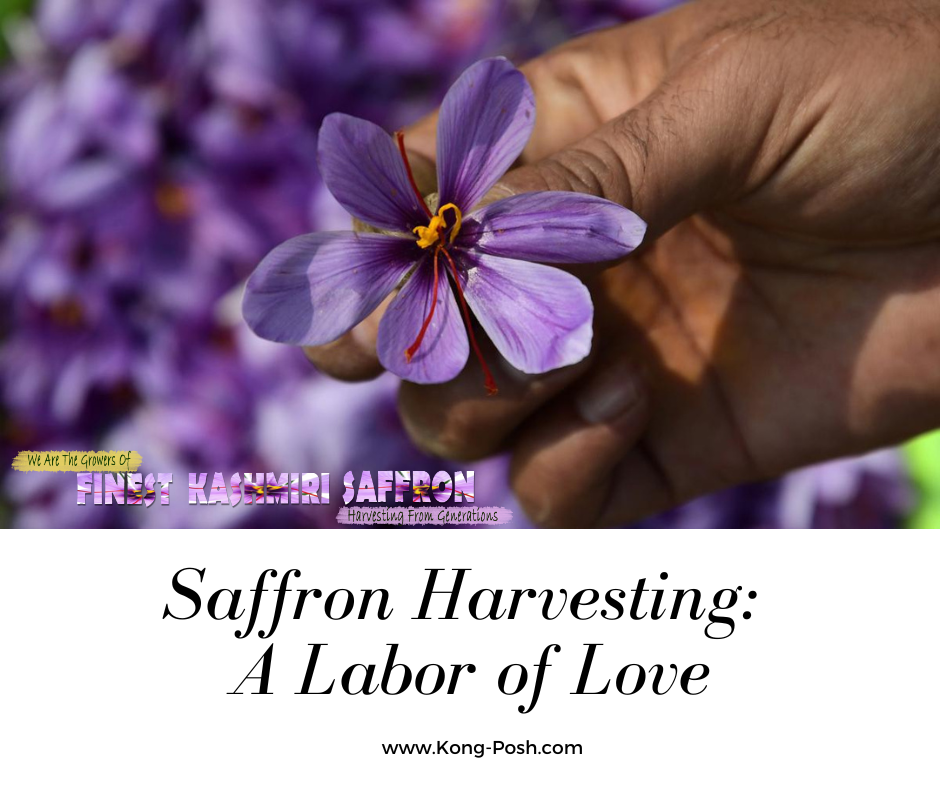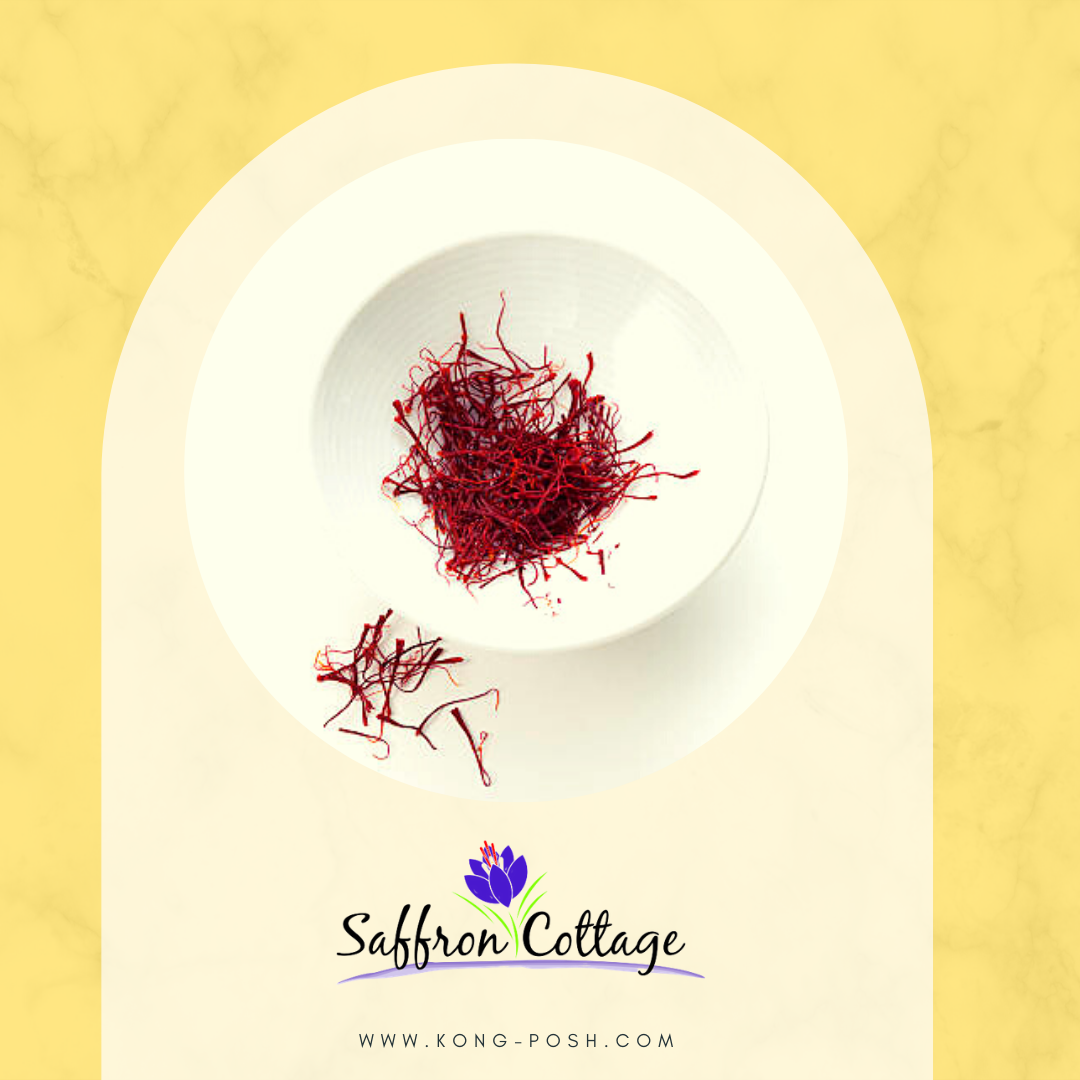In the picturesque valleys of Kashmir, a treasure trove of nature’s wonders awaits discovery. Among its many splendors, one stands out in both its rarity and magnificence – the Kashmiri Mogra Saffron. Often referred to as the “Queen of Spices,” Mogra Saffron holds a place of prestige not only in the culinary world but also in the cultural heritage of the region. In this article, we embark on a journey to explore the essence, history, cultivation, and significance of this remarkable spice.
The Mystique of Mogra Saffron
Mogra Saffron, scientifically known as Crocus sativus, is renowned for its unique attributes. The term “Mogra” alludes to its distinct appearance, characterized by long, deep-red threads that evoke images of royal elegance. Unlike other saffron varieties, Mogra Saffron boasts an intensely rich color, a captivating aroma, and a flavor that is both delicate and complex. It’s these extraordinary qualities that have earned it a reputation as the finest saffron variety in the world.
A Legacy Spanning Centuries
The history of Mogra Saffron is intertwined with the history of Kashmir itself. Dating back over 2,000 years, this saffron variety has graced the gardens of emperors and been treasured by generations. Its journey traces back to Persia, where it was originally cultivated before finding its ideal home in the fertile soils of Kashmir. Mogra Saffron became not only a symbol of luxury but also an integral part of Kashmiri culture, cuisine, and festivities.
Cultivation: A Labor of Love
The cultivation of Mogra Saffron is a labor-intensive process that demands patience, precision, and dedication. The saffron crocus flowers bloom for a short period during the autumn months, and each delicate stigma must be handpicked with care. The blossoms are carefully plucked in the early morning hours, as the delicate threads are at their most vibrant and flavorful. The painstaking process and the fact that each flower yields only a few threads contribute to the spice’s rarity and value.

A Symphony of Flavors
The allure of Mogra Saffron extends beyond its visual charm. Its aromatic profile is a harmonious symphony of floral notes, earthiness, and a subtle hint of sweetness. This complex flavor profile lends itself seamlessly to a diverse range of culinary creations. From the delectable ‘Kahwa’ tea, a traditional Kashmiri beverage, to the saffron-infused ‘Rogan Josh’ curry, Mogra Saffron enriches every dish it touches, transforming ordinary recipes into extraordinary experiences.
Cultural Significance and Beyond
Beyond its culinary applications, Mogra Saffron is deeply embedded in the cultural fabric of Kashmir. It graces weddings, religious ceremonies, and festivals, symbolizing prosperity, purity, and a connection to tradition. The saffron fields of Kashmir contribute not only to the local economy but also to the preservation of heritage and the empowerment of local communities.
Preserving the Legacy
Despite its illustrious history, Mogra Saffron faces challenges in the modern world. Climate change, changing agricultural practices, and economic pressures threaten its production. To ensure the continuity of this precious spice, there are ongoing efforts to promote sustainable farming practices, educate consumers about authentic Mogra Saffron, and support local saffron farmers.
Conclusion Kashmiri Mogra Saffron is more than just a spice; it’s a symbol of the land’s rich heritage, a testament to the dedication of its people, and a sensory journey through the lush fields of Kashmir. With its captivating aroma, unparalleled flavor, and vibrant history, Mogra Saffron rightfully claims its place as an exquisite jewel in the world of spices, a true treasure of the Kashmiri valleys.
